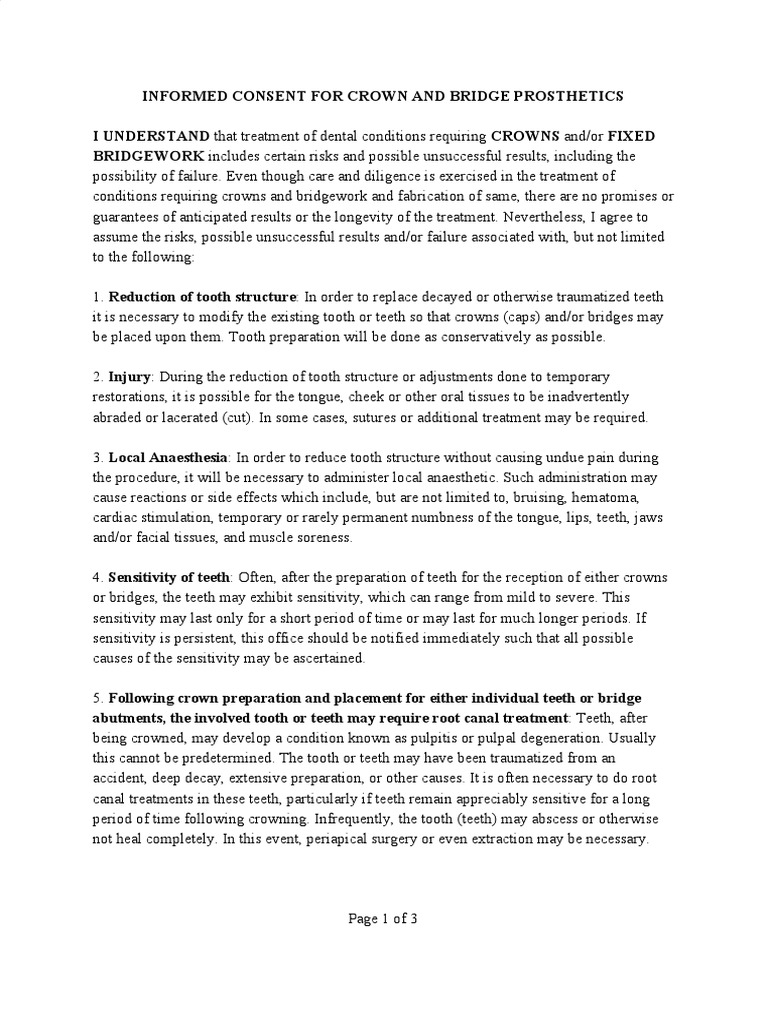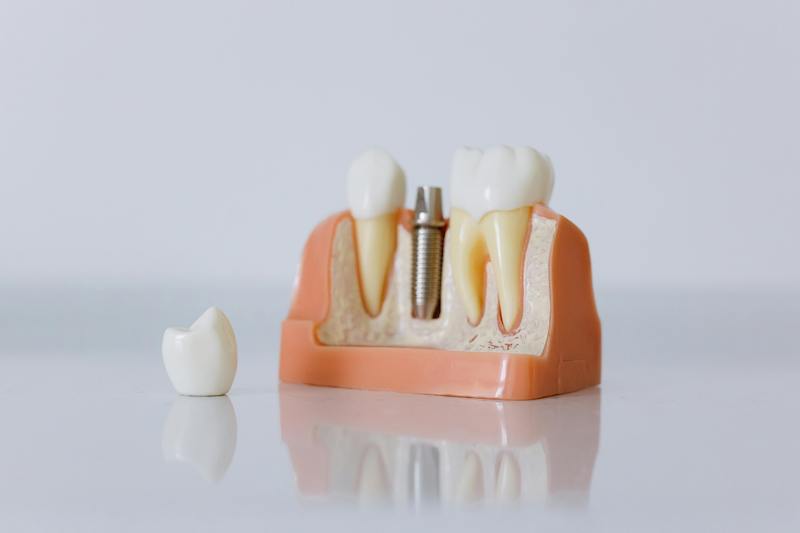When To Choose Crown Vs Bridge? Make An Informed Decision

Deciding between a crown and a bridge can be a daunting task, especially for those who are not familiar with dental restorations. Both crowns and bridges are effective solutions for repairing or replacing damaged teeth, but they serve different purposes and are suited for different situations. In this article, we will delve into the details of crowns and bridges, exploring their benefits, drawbacks, and the factors that should influence your decision.
To begin with, let’s define what crowns and bridges are. A dental crown is a cap that covers a tooth, restoring its shape, size, and strength. It is typically used to repair a tooth that has been damaged by decay, erosion, or trauma. On the other hand, a dental bridge is a prosthetic device that replaces one or more missing teeth, filling the gap between adjacent teeth. It consists of artificial teeth, known as pontics, which are anchored to the surrounding teeth or implants.
Crown: The Best Option for Single Tooth Restoration
A crown is often the preferred choice when a single tooth needs to be restored. Here are some scenarios where a crown might be the better option:
- Severe decay or damage: If a tooth has been severely decayed or damaged, a crown can provide the necessary strength and protection to prevent further deterioration.
- Cracked or broken tooth: A crown can help hold a cracked or broken tooth together, preventing it from breaking apart further.
- Root canal: After a root canal, a crown is often placed to cover the tooth and prevent bacterial infiltration.
- Aesthetics: Crowns can be used to improve the appearance of a tooth, making it look more natural and appealing.
Bridge: The Ideal Solution for Multiple Tooth Replacement
A bridge, on the other hand, is usually the better option when multiple teeth need to be replaced. Here are some situations where a bridge might be the preferred choice:
- Multiple missing teeth: If several teeth are missing, a bridge can fill the gap, restoring the natural appearance and function of the teeth.
- Adjacent teeth: When the missing teeth are adjacent to each other, a bridge can be used to replace them, providing a seamless and natural-looking smile.
- Implant-supported bridge: In some cases, a bridge can be anchored to dental implants, providing additional stability and support.
Comparative Analysis: Crown vs Bridge
When deciding between a crown and a bridge, it’s essential to consider the pros and cons of each option. Here’s a comparative analysis:
| Characteristics | Crown | Bridge |
|---|---|---|
| Purpose | Restores a single tooth | Replaces one or more missing teeth |
| Materials | Ceramic, porcelain, or gold | Ceramic, porcelain, or composite materials |
| Durability | Can last up to 15 years or more | Can last up to 10-15 years or more |
| Cost | Generally less expensive than a bridge | More expensive than a crown, but can be cost-effective for multiple tooth replacement |
| Procedure | Typically requires two appointments | May require multiple appointments, depending on the complexity of the case |

Expert Insights: Weighing the Options
According to dental experts, the decision between a crown and a bridge ultimately depends on the individual’s oral health, personal preferences, and budget. “A crown is often the better option for single tooth restoration, as it provides a more natural look and feel,” says Dr. [Last Name], a renowned dental specialist. “However, when multiple teeth are missing, a bridge can be a more cost-effective and aesthetically pleasing solution.”
Decision Framework: Factors to Consider
To make an informed decision, consider the following factors:
- Number of teeth involved: If only one tooth needs to be restored, a crown might be the better option. However, if multiple teeth are missing, a bridge could be more suitable.
- Condition of adjacent teeth: If the adjacent teeth are healthy and strong, a bridge might be a good choice. However, if the adjacent teeth are decayed or damaged, a crown could be a better option.
- Budget and insurance: Crowns and bridges can vary significantly in cost, depending on the materials and complexity of the procedure. Consider your budget and insurance coverage when making a decision.
- Aesthetics and personal preferences: Think about your personal preferences and aesthetic goals. Do you want a more natural look and feel, or are you looking for a more cost-effective solution?
- Dental history and oral health: Your dental history and oral health can also influence your decision. For example, if you have a history of tooth decay or gum disease, a crown might be a better option.
Conclusion
In conclusion, the decision between a crown and a bridge depends on various factors, including the number of teeth involved, the condition of adjacent teeth, budget, aesthetics, and dental history. By considering these factors and weighing the pros and cons of each option, you can make an informed decision that meets your unique needs and goals. Consult with your dentist to determine the best course of treatment for your specific situation.
FAQ Section
What is the difference between a crown and a bridge?
+A crown is a cap that covers a tooth, restoring its shape, size, and strength. A bridge, on the other hand, is a prosthetic device that replaces one or more missing teeth, filling the gap between adjacent teeth.
How long do crowns and bridges last?
+Crowns can last up to 15 years or more, while bridges can last up to 10-15 years or more, depending on the materials and oral health.
Are crowns and bridges expensive?
+The cost of crowns and bridges varies depending on the materials, complexity of the procedure, and location. Generally, crowns are less expensive than bridges, but can be cost-effective for single tooth restoration.
Do crowns and bridges require special care?
+Crowns and bridges require regular dental care, including brushing, flossing, and check-ups. Avoiding hard or sticky foods can also help extend the lifespan of these restorations.
Can crowns and bridges be used for cosmetic purposes?
+Yes, crowns and bridges can be used for cosmetic purposes, such as improving the appearance of teeth or filling gaps between teeth. Consult with your dentist to determine the best option for your aesthetic goals.
By considering the factors outlined in this article and consulting with your dentist, you can make an informed decision between a crown and a bridge, ensuring a healthy, beautiful smile for years to come.